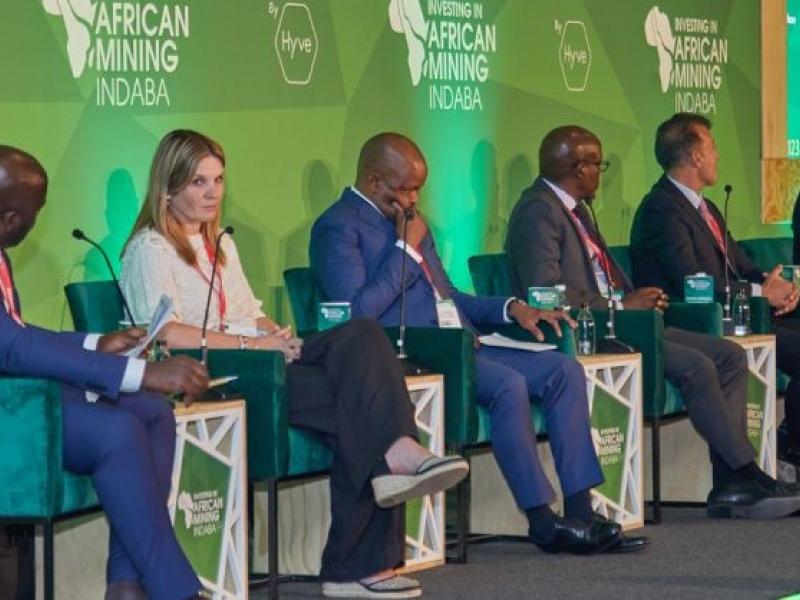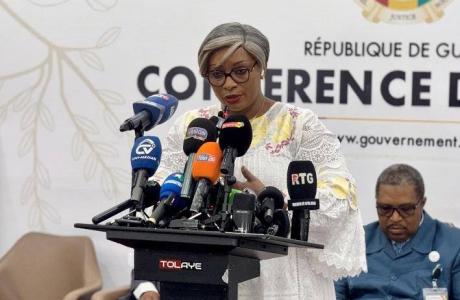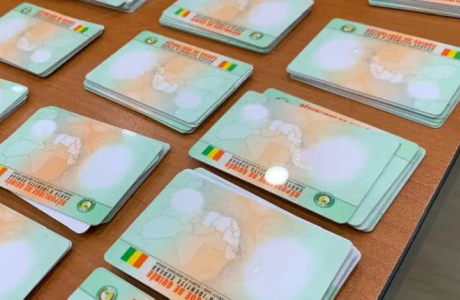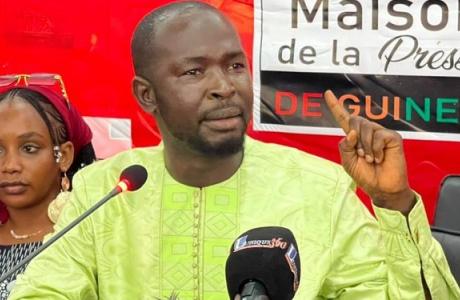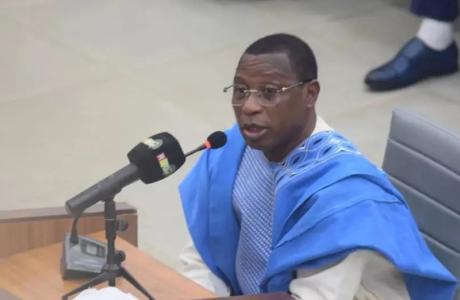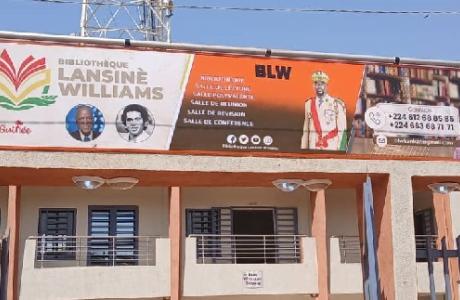In an ambitious statement at the Mining Indaba conference in Cape Town, South Africa, Guinea's Minister of Mines and Geology, Bouna Sylla, unveiled an innovative plan to transform the country's education system using revenues from the Simandou mining project, the world's largest mining project.
The Guinean government plans to allocate 5% of tax revenues generated from each of the two mines at the Simandou site to the national education system, over a period of 25 years starting from the beginning of production. This initiative is in addition to the regular education budget, which currently represents only 2% of the country's GDP, less than half the global average.
A separate program also plans to allocate 20% of state revenues from La Compagnie du TransGuinéen (CTG) to fund overseas studies for Guinean students in science and engineering, also over 25 years. CTG is a joint venture managing the railway and port infrastructure built as part of the Simandou project.
"Our long-term sustainable investment is in human capital," said Minister Sylla. Drawing inspiration from the Singaporean model, he aspires to transform Guinea into a country attractive not only for its natural resources but especially for its human capital, particularly its qualified technicians and engineers.
The Simandou project, valued at $15 billion and involving mining giants such as Rio Tinto and Baowu Steel, is expected to begin production by the first quarter of 2026. Once fully operational, the site will produce 120 million tonnes of high-quality iron ore annually, although reaching this maximum capacity will take approximately three years.
This initiative is part of a broader trend observed across the African continent, where leaders are seeking to maximize the benefits of natural resources for their populations. With 30% of global mineral reserves, Africa has considerable potential to transform its natural wealth into sustainable human development.






